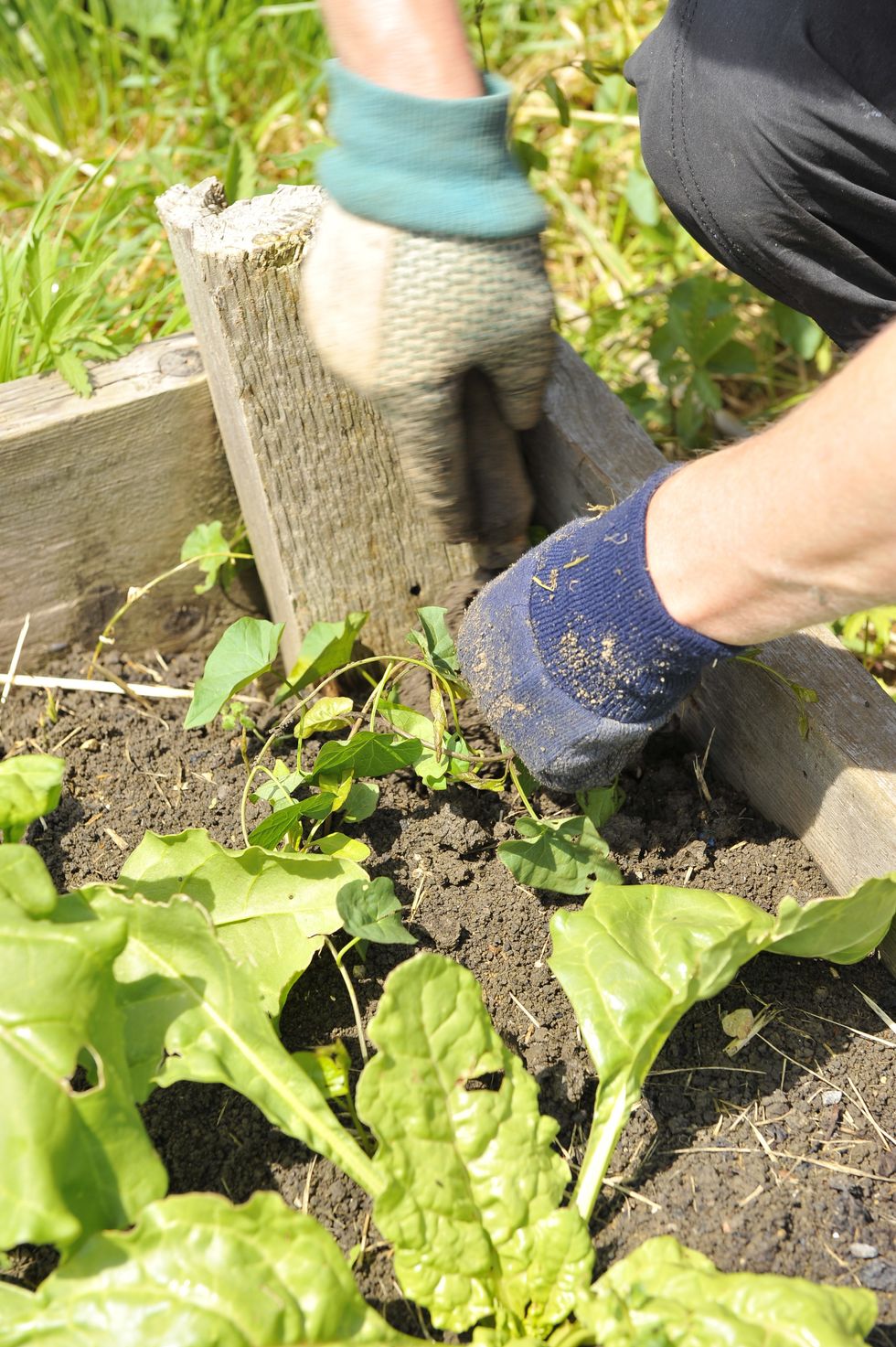Lawn care tips to keep your garden looking its best and stop weeds from reappearing next year
Lawn care tips can prevent weeds from reappearing
As autumn leaves begin to fall, gardeners should turn their attention to lawn care to prevent weed growth come spring
Don't Miss
Most Read
Trending on GB News
Annual weeds often start their lifecycle in late summer, germinating throughout autumn and winter.
Regular lawn care during these months is essential for promoting strong grass growth and keeping weeds at bay.
Head of estates and landscapes at Painshill Park Trust Simon Akeroyd, speaking for Yell, shared everything you need to know to prevent weeds from reappearing next year.
Poor drainage is a major contributor to weed growth in autumn and winter, according to the experts. Excessive water in the soil allows weeds to compete with grass for resources, spreading rapidly. Prolonged waterlogging can kill finer grass species, creating ideal conditions for weeds to thrive.
 Getting rid of weeds now can make them less likely to return in spring PA
Getting rid of weeds now can make them less likely to return in spring PACompacted soil also favours weed growth. While grass requires a fibrous root system, weeds have a central root structure that allows them to flourish in dense soil. Bare or thin spots in lawns are telltale signs of compaction and can quickly become hotspots for weed invasion if left unattended.
As rainfall increases during autumn and winter months, lawns become more susceptible to waterlogging, further exacerbating the problem. Addressing these issues is crucial for maintaining a healthy, weed-resistant lawn.
Caring for your lawn properly will prevent weeds from appearing. The expert recommended re-seeding and re-turfing bare patches.
Simon explained: “Whilst the soil is still warm from summer, it is a good idea to sow grass seed into any bare patches now, as there is still time for it to germinate before winter.
“Simply scratch the surface of the soil with a rake and scatter the grass seed over the top. You can then lightly rake the seed into the soil. I usually apply grass seed at a rate of one handful per square metre.”
Yell experts added: "Applying lime will help to balance the PH of the soil and make it a less hospitable place for weeds to take hold, as weeds prefer acidic soil.
"Apply in the winter months, scattering evenly, at around 50 grams per square metre. Lime can help grass outcompete weeds by making the soil more conducive to grass growth."
Simon also warned against cutting the lawn too short as this can weaken grass and make it more susceptible to weeds. He suggested raking to remove thatch as this "prevents air circulation and can retain moisture, causing lawn fungal diseases".
Overall, the expert recommended general lawn maintenance this season as it will improve the quality of the grass and limit the risk of weeds.
LATEST DEVELOPMENTS

Caring for your lawn now can benefit how your garden looks next year
GETTYHe added: “One of the most effective ways of improving the quality of the lawn in autumn and part of the autumn lawn care maintenance programme, is to aerate it.
“Aeration helps to relieve compaction, increases drainage, which will reduce moss problems and increases airflow in the soil, which promotes healthier roots system and therefore a better and denser sward of lawn on the surface.
"You can then brush top dressing into the holes left by the fork to improve the quality of the soil in the root zone of the lawn.”








